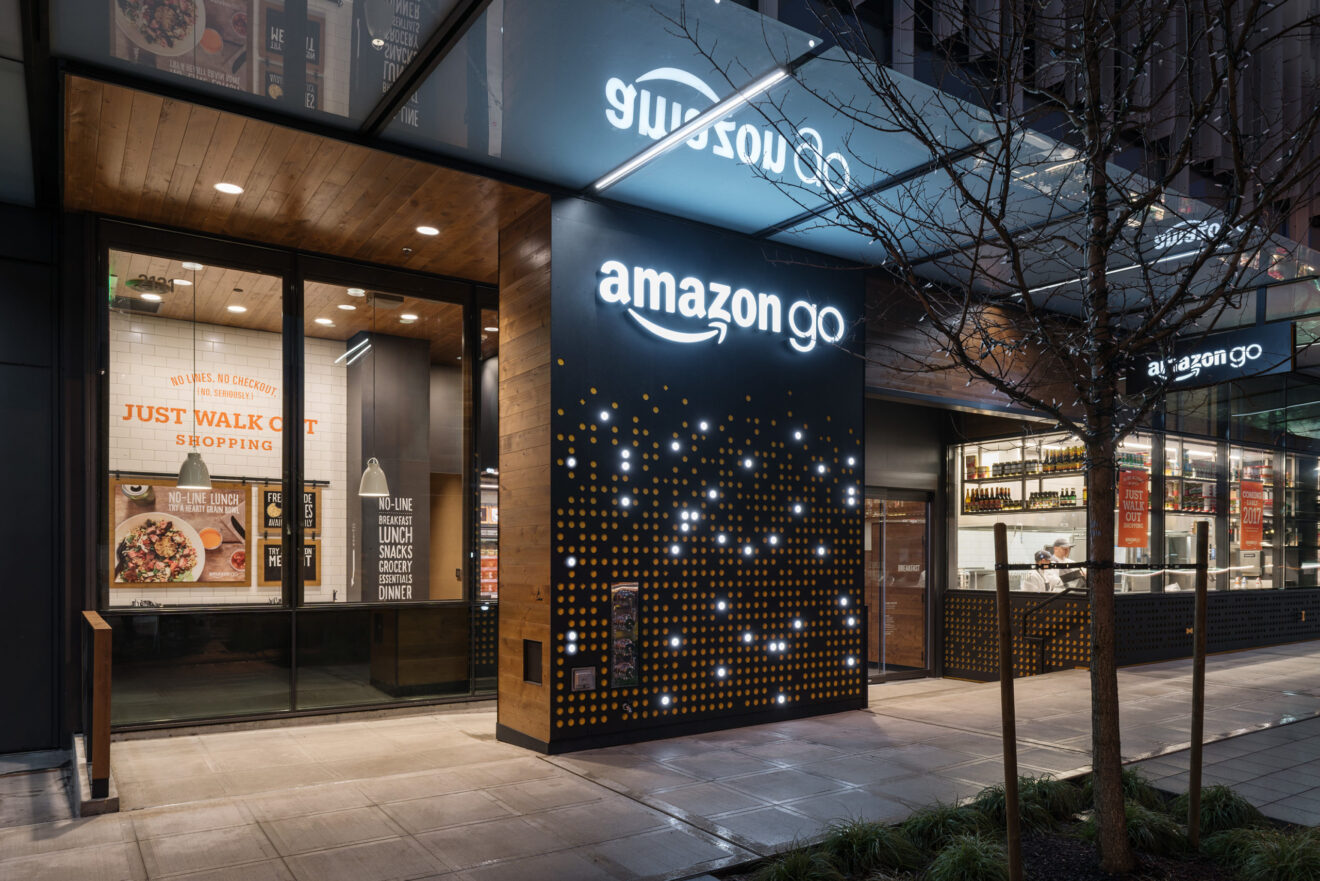Amazon — it is the retail giant that sets the bar higher and higher for retailers. E-commerce, logistics, delivery, stores — Amazon does it all, and does it all well. But what is the Amazon retail end game? Does Amazon have a clear vision of its retail path, or is it taking more of a “throw it against the wall and see what sticks” approach to its retail business?
Regardless of the answer, Amazon remains an aspirational presence among retailers. Let’s take a look at the state of the Amazon retail strategy.
The Amazon store strategy
It seemed for a time that Amazon’s store strategy was simply to try everything — but recent moves are indicating that the retail giant is ready to start honing its strategy.
In fact, earlier this year, Amazon announced plans to close 68 brick-and-mortar stores, marking the end of its Books, 4-star and Pop Up concepts. However, none of the store closings apply to Whole Foods Market, Amazon Fresh, Amazon Go or Amazon Style stores, all of which will be a focus for the company along with its cashierless Just Walk Out technology, a spokesperson said.
Amazon Style is the company’s newest store concept — so new it hasn’t even opened yet. The first Amazon Style store will open in the Los Angeles market sometime this year, and it will be Amazon’s first foray into brick-and-mortar fashion retail. The concept will start with a 30,000-square-foot store selling clothing, accessories and footwear, with shoppers scanning QR codes to either make a purchase or have pieces sent to a fitting room.
“With the store being very data-rich, it is going to be a gem of an experimentation hub for vendors,” Syama Meagher, CEO of Scaling Retail, told Glossy.
Amazon is also shifting some of its store strategy to the suburbs as more consumers work from home. Last month saw the opening of the first suburban Amazon Go location in Mill Creek, Wash., with another planned for a suburb of Los Angeles. The new stores, announced in January, have a larger footprint than urban Go locations. Amazon will also take its Go concept to airports, with plans to open a 600-square-foot kiosk at Dallas-Fort Worth International Airport in Texas later this year.
When it comes to grocery, it’s clear that tech is a big part of Amazon’s store strategy. In February, the company opened its first cashierless Whole Foods Market in Washington, D.C., featuring its Just Walk Out technology. Amazon will open another cashierless Whole Foods location this year, with plans to eventually roll out more such Whole Foods and Amazon Fresh stores.
In Texas, Whole Foods has started implementing the Amazon One palm-payment program at seven stores, after debuting the technology in Seattle. It lets shoppers hover their hand over a device at checkout to pay for their purchases.
According to Amazon Fresh Vice President Jeff Helbling, the company’s focus on tech in the grocery store is part of a bigger strategy to make grocery shopping more convenient for consumers. So far, Amazon has invested billions of dollars in its grocery strategy, but it still has a way to go before it becomes a major player in the grocery market. As of February, Amazon’s market share totaled 2.4% over the previous 12 months, according to research firm Numerator.
The Amazon e-commerce strategy
E-commerce is a totally different story when it comes to Amazon’s dominance. US e-commerce sales rose by 14.2% last year, to $870.78 billion, with 55.4% of that growth coming from Amazon, according to the Commerce Department and Digital Commerce 360. Additionally, Amazon captured 56.7% of US online retail purchases in 2021, marking a new company record, according to data from PYMNTS.
Amazon’s dominance in the e-commerce market is allowing the company to raise the price of its annual Amazon Prime membership. This year, Amazon will raise the price by $20 per year to $139, marking its first price increase in five years.
But Amazon is not invincible. The company reported a net loss of $3.8 billion in the first quarter, driven largely by a $7.6 billion loss from its investment in struggling electric vehicle maker Rivian Automotive. Amazon saw a 7% increase in revenue for the period ended March 31, while the volume of products sold online was flat compared with the year-ago period as consumers shifted some shopping back to brick-and-mortar stores.
Regardless, Amazon is charging ahead with big moves in e-commerce. It’s investing more in electric delivery vehicles and growing its Amazon Air unit, among other moves. And what’s next for the e-commerce giant? According to CEO Andy Jassy, future moves could include cryptocurrency or event sales of nonfungible tokens. The industry will have to wait and see.
If you liked this article, sign up for SmartBrief’s free email newsletter on retail.
